Os nossos parceiros
Confiado por
mais de 1000 Provedores de Soluções de TI e Empresas
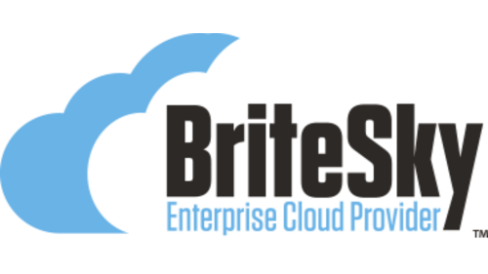
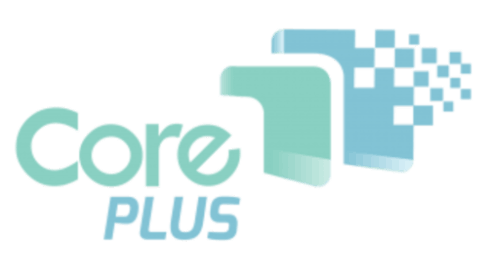
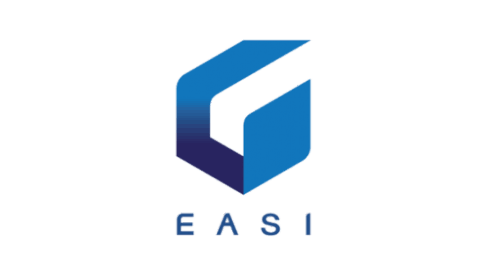
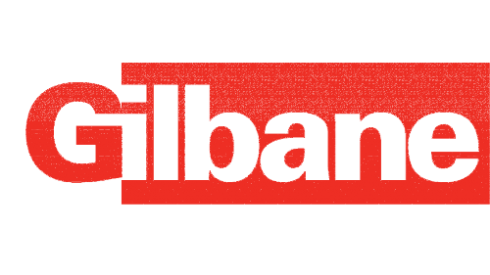
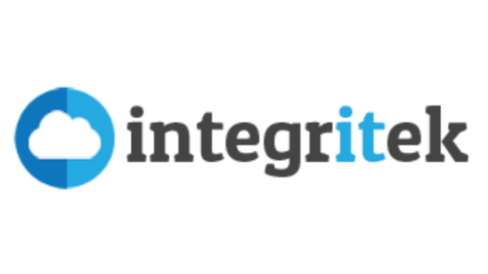


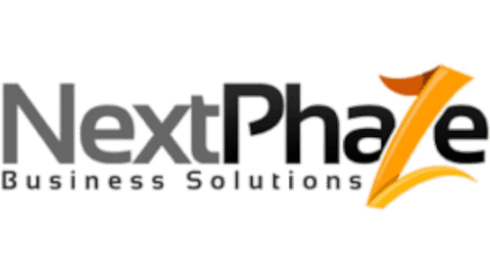
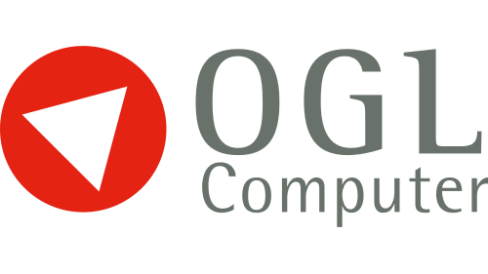


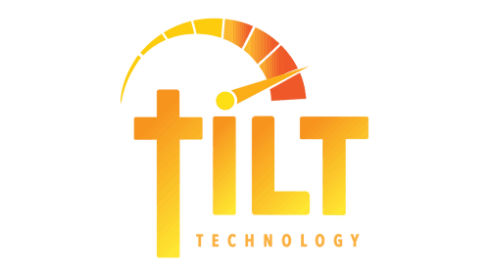
Como MSP, você sofreu perdas de receita devido às migrações dos servidores de arquivos dos seus clientes para o SharePoint?
Os seus clientes já pediram para você trabalhar com a Microsoft para recuperar um arquivo excluído há muito tempo do SharePoint?
Você já teve um histórico de falhas em migrações para o SharePoint?
Ou está procurando uma maneira melhor de hospedar os servidores de arquivos dos seus clientes?












Não é segredo que a pressão sobre as fontes de receita dos MSPs está aumentando à medida que servidores de arquivos e aplicações migram para a nuvem.
A indústria de MSPs geralmente tem sido forçada a se adaptar à migração para a nuvem e à redução de receita oferecendo serviços agregados, focando em especialização, oferecendo serviços adicionais de valor agregado ou até mesmo desenvolvendo seu próprio software.
Contudo, isso é um sinal de que as pessoas aceitaram o fato de que não há muito o que se possa fazer sobre a migração aparentemente inevitável para a nuvem e a erosão de receitas mais estáveis provenientes de serviços relacionados à gestão de servidores de arquivos e aplicações locais.
E isso é um grande negócio, porque o valor de uma empresa MSP é determinado pelo tamanho projetado de seu fluxo de receita e pela probabilidade de que ele continue a existir e crescer às taxas históricas.
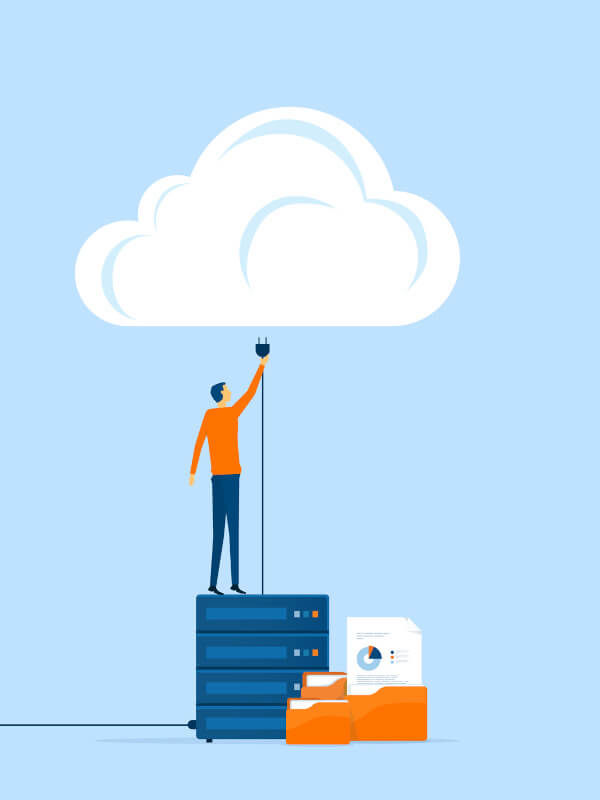
Por mais conveniente que o SharePoint Online seja e resolva problemas para muitos clientes, para MSPs como você, ele traz questões de receita e outros desafios. Se você é afetado por esses desafios, não é porque serviços de migração de servidores de arquivos como o SharePoint são inevitáveis na era da nuvem, mas porque existe uma alternativa como a mobilização de servidores de arquivos que você ainda não experimentou.
Mobilização de servidores de arquivos foca na compatibilidade do servidor de arquivos com o comportamento do usuário e aplicações utilizadas pelos usuários. Ao mesmo tempo, facilita o acesso de usuários remotos a arquivos e pastas de dispositivos remotos e móveis sem a necessidade de uma VPN ou RDP. Tecnicamente, a mobilização do servidor de arquivos é um componente de software ou serviço que inclui capacidades de acesso remoto e interage diretamente com servidores de arquivos existentes, preservando o mapeamento de unidades, bloqueio de arquivos, controle de permissões, identidade do usuário para usuários e referências externas (XREF) para compatibilidade de aplicativos.
A solução de mobilização do CentreStack para servidores de arquivos visa preservar receitas "aderentes" sempre que possível e buscar novas fontes para substituir as "perdas inevitáveis" de migrações para serviços em nuvem como o SharePoint. A plataforma focada no canal oferece quatro estratégias principais que podem ajudar a SALVAR receitas de serviços "aderentes" e aumentar as margens:
01
SVitrine
Destaque as vantagens do CentreStack em relação às limitações do SharePoint para aumentar a conscientização sobre a mobilização de servidores de arquivos.
02
Anunciar
Anuncie o CentreStack em todos os pacotes de serviço para mostrar o portfólio de serviços completo, tanto para migração quanto para mobilização.
03
Validar
Valide o valor dos relacionamentos com os clientes para aqueles que preferem mobilização em vez de migração.
04
Expandir
Expanda a receita recorrente com Servidores de Arquivos Multi-Tenant e soluções de acesso direto.

SharePoint Online parece ser a única solução que seu cliente conhece em termos de migração de servidores de arquivos, pois está incluído como parte da oferta do Microsoft 365 e não tem custo adicional. A solução oferece muitos benefícios que incentivam as organizações a migrarem seus servidores de arquivos para o SharePoint, economizando o custo de manter um servidor de arquivos local. Muitos clientes estão descobrindo que o SharePoint é a solução certa para seus negócios, então estão felizes em continuar com o SharePoint Online porque ele atende às suas necessidades de colaboração de conteúdo.
Entretanto, há mais empresas que estão lutando com o SharePoint e acham ainda mais difícil começar a migração. Algumas organizações simplesmente não podem se dar ao luxo de migrar para o SharePoint devido a conformidades e regulamentações. Algumas acham difícil superar a compatibilidade de aplicativos, e outras ainda lutam para se adaptar às seguintes limitações do SharePoint.
Enquanto o primeiro grupo de clientes pode encontrar uma solução satisfatória no SharePoint, o segundo grupo pode ter ouvido falar dos benefícios do SharePoint e está tentando forçar o seu MSP, ou seja, você, a ajudá-los a migrar seus servidores de arquivos para o SharePoint também. Após tantas tentativas fracassadas, você percebeu que a migração de servidores de arquivos não é adequada para todos os seus clientes. Para aqueles clientes que precisam de mais compatibilidade com servidores de arquivos, agora existe uma solução de mobilização de servidores de arquivos que irá ajudá-lo.
Vamos explicar como as estratégias de 1 a 3 se concentram em proteger a receita:
Nós também mostramos como a quarta estratégia estende fluxos de lucro "aderentes" através de:
Existem clientes que estão satisfeitos com o SharePoint e aqueles que não estão. A estratégia não é afastar os clientes satisfeitos com o SharePoint. As oportunidades surgem quando as seguintes estratégias são aplicadas para identificar aqueles que não estão satisfeitos com o SharePoint ou que não podem usar o SharePoint de forma alguma, e ajudá-los com uma solução alternativa de mobilização de servidores de arquivos para melhorar a produtividade remota e móvel, mantendo a receita do MSP de ativos de servidores de arquivos gerenciados.
Como seu confiável consultor de serviços de TI, você tem pistas sobre quais clientes estão satisfeitos com o SharePoint e quais não estão. Algumas pistas podem estar relacionadas ao grande conjunto de dados do cliente, enquanto outras pistas podem ter a ver com os aplicativos que eles estão executando e o contexto de segurança e conformidade em que se encontram. A primeira estratégia é simplesmente identificar os clientes que não se dão bem com o SharePoint ou que não usam o SharePoint de forma alguma e ajudá-los a entender a diferença entre migração e mobilização, apresentando o CentreStack. Aqui está uma breve visão geral das cinco áreas onde problemas podem ocorrer.
Unidades Mapeadas e Compatibilidade com Servidores de Arquivos
Para clientes que precisam de mapeamento de unidades, bloqueio de arquivos e gerenciamento centralizado de permissões para que os usuários possam acessar sem problemas suas conhecidas unidades P, Q, R e S com seus nomes de usuário, senhas e permissões existentes. Eles buscam os benefícios de um servidor de arquivos local combinado com a mobilidade da nuvem.
2. Backup, Proteção e Recuperação
A Microsoft está se eximindo da responsabilidade pelos dados dos clientes. Atualmente, o SharePoint oferece apenas backup de 30 dias. Com o CentreStack, você pode proteger os dados dos seus clientes, aproveitar os recursos de proteção contra ransomware e definir políticas de retenção que permitem aos usuários recuperar arquivos excluídos.

3. Compatibilidade de Aplicação
Para clientes que precisam de compatibilidade com aplicações legadas como AutoCAD ou InDesign que enfrentam problemas de bloqueio de arquivos e outras questões de múltiplos usuários no SharePoint, o CentreStack trabalha com essas aplicações.
4. Conformidade, Controlo e Privacidade
Alguns clientes sabiam desde o início que não poderiam usar o SharePoint porque os arquivos precisavam ser armazenados em um local específico para economizar custos, atender aos requisitos comerciais ou cumprir com regulamentações de conformidade. Com o CentreStack, eles não ficam para trás no que diz respeito à produtividade móvel para as necessidades de colaboração de conteúdo de seus funcionários.
5. Redução da Complexidade e Custos de Migração
Muitos clientes subestimam o custo da migração para a nuvem. As restrições do SharePoint, por exemplo, podem exigir uma reorganização completa de todos os dados e permissões! Pode ser necessário dividir grandes conjuntos de dados em várias bibliotecas menores e encurtar caminhos de arquivos longos. O CentreStack poupa todos esses custos adicionais ao tornar os dados do seu servidor de arquivos DISPONÍVEIS COMO ESTÃO para trabalhadores móveis.

Certas indústrias são mais adequadas para a mobilização de servidores de arquivos, como arquitetura, engenharia, construção, manufatura, publicidade e governo. Com o CentreStack, você pode oferecer uma solução única para as necessidades deles enquanto protege suas fontes de receita. A seguinte comparação entre a migração de servidores de arquivos e a mobilização de servidores de arquivos explica por que certas indústrias preferem determinadas soluções.
| Migração de Servidor de Arquivos | Mobilização de Servidor de Arquivos |
|---|---|
| A migração de servidores de arquivos geralmente não se concentra na compatibilidade de aplicativos. Como resultado, pode afetar o hábito diário do usuário em relação ao acesso aos arquivos. | A mobilização do servidor de arquivos concentra-se na compatibilidade retroativa, como mapeamento de unidades, bloqueio de arquivos e controle de permissões. |
| Os provedores oferecem uma pasta de sincronização para acessar arquivos e pastas, por exemplo, de uma pasta 'Dropbox'. | Os provedores fornecem letras de unidades que correspondem às da rede local sem necessidade de uma VPN. |
| Os clientes confiam na Gestão do Ciclo de Vida dos Dados do fornecedor para backup e retenção de dados. | Os clientes aproveitam o gerenciamento de ciclo de vida do servidor de arquivos existente sem interrupções. |
| Após a migração do servidor de arquivos, o servidor é desativado. | Após adicionar capacidades de mobilização ao servidor de arquivos, o servidor de arquivos permanece ativo. |
| A migração de servidores de arquivos concentra-se em mover dados para a nuvem para reduzir a sobrecarga de gerenciamento local. | A Mobilização de Servidores de Arquivos concentra-se em manter os dados por razões de propriedade, privacidade, conformidade e compatibilidade. |
O primeiro passo para ajudar clientes que não conseguiram usar o SharePoint é aumentar a conscientização sobre a migração de servidores de arquivos versus mobilização de servidores de arquivos (veja a Estratégia #1). E a melhor maneira de criar essa conscientização é por meio de um pacote de serviços. Se ainda não o fez, adote a prática do setor de oferecer serviços agrupados. Normalmente, os MSPs oferecem 3 opções que podem ser consideradas boas, melhores e as melhores. O consenso geral é que os serviços agrupados são muito mais estáveis do que os serviços vendidos individualmente, embora possa ser mais difícil justificar a despesa inicial mais alta de comprar um pacote de serviços.
A segunda estratégia:
Agrupar serviços oferece uma plataforma para promover a combinação única de valor que um MSP pode fornecer. E os clientes têm mais probabilidade de considerar o seguinte:
A adição do CentreStack aos pacotes MSP reforça essa abordagem e aumenta a retenção de clientes ao fornecer a experiência familiar de unidades mapeadas e servidores de arquivos sem interromper os fluxos de trabalho existentes dos usuários. Isso introduz mais clientes às funcionalidades e benefícios que faltam em serviços como SharePoint e Dropbox, alcançando dois objetivos importantes:
SharePoint, Dropbox, Google Drive e serviços semelhantes são todos baseados na migração de servidores de arquivos. E é por isso que tantos de seus clientes têm problemas nessas áreas. Para resolvê-los, a migração de servidores de arquivos deve ser substituída pela mobilização de servidores de arquivos – uma abordagem que aborda completamente a produtividade móvel e a segurança, MAS também mantém 100% de compatibilidade com os casos de uso de servidores de arquivos.
A primeira parte da sequência de estratégias é sobre criar consciência das limitações do SharePoint e da oportunidade de alcançar mobilidade na nuvem mobilizando servidores de arquivos. Implementar o plano de conscientização aumentará a probabilidade de seus clientes continuarem a contar com você para gerenciar seus servidores de arquivos. No entanto, existem clientes que escolhem não migrar dados para sites da Microsoft, mesmo parecendo ser capazes de aproveitar as capacidades do SharePoint.
Esses clientes preferem manter o controle de seus dados e confiar sua manutenção ao seu MSP. Ao destacar os benefícios únicos do CentreStack, os MSPs podem mostrar aos seus clientes que eles podem obter os mesmos benefícios do SharePoint sem perder a confiança.
Precisamos garantir que eles saibam que seus dados estão em melhores mãos com seu MSP com o CentreStack, porque é seguro, está em conformidade, é seguro e privado. Queremos que eles comecem a pensar, "Por que eu iria querer mudar para um fornecedor como a Microsoft que me obriga a aceitar que eles não são responsáveis pelos meus dados?"
Como MSP, esta é a vantagem de usar o CentreStack, ou qualquer produto da Gladinet, juntamente com o benefício adicional de que os dados dos seus clientes permanecem sob o seu controle quando eles precisam de mobilização do servidor de arquivos. E isso os torna muito mais propensos a continuar pagando a você uma receita "aderente" por serviços relacionados.
O CentreStack permite consolidar vários servidores de arquivos enquanto mantém a separação e a segurança em um ambiente multi-inquilino fácil de gerir. Isso é especialmente útil se você atende clientes que só podem migrar parcialmente para a nuvem ou são obrigados a manter seus dados localmente por diversos motivos.
Ao implantar um servidor multi-inquilino para uso por vários clientes, você pode reduzir os custos de gestão de servidores de arquivos e aumentar sua margem de lucro. E ao usar o CentreStack para acessar diretamente servidores de arquivos locais, você pode transformar servidores de arquivos locais em centros de colaboração privados que melhoram significativamente a produtividade e a segurança.
Portanto, se você está interessado em desenvolver novas fontes de receita e expandir sua oferta de serviços gerenciados, agende um horário para discutir essas oportunidades conosco. Estamos ansiosos para ajudá-lo a crescer seu negócio e otimizar a experiência de seus clientes.
Esperamos que você utilize algumas ou todas as estratégias discutidas para manter a receita 'estável' existente sempre que possível e desenvolver novas fontes de receita para compensar as pressões da migração para a nuvem.
Contacte-nos para discutir o que a sua organização precisa em relação a
implementar a solução segura de acesso remoto e partilha de ficheiros.
Providenciaremos as melhores práticas, conhecimento do produto, design de referência, demonstração e assistência imediata!